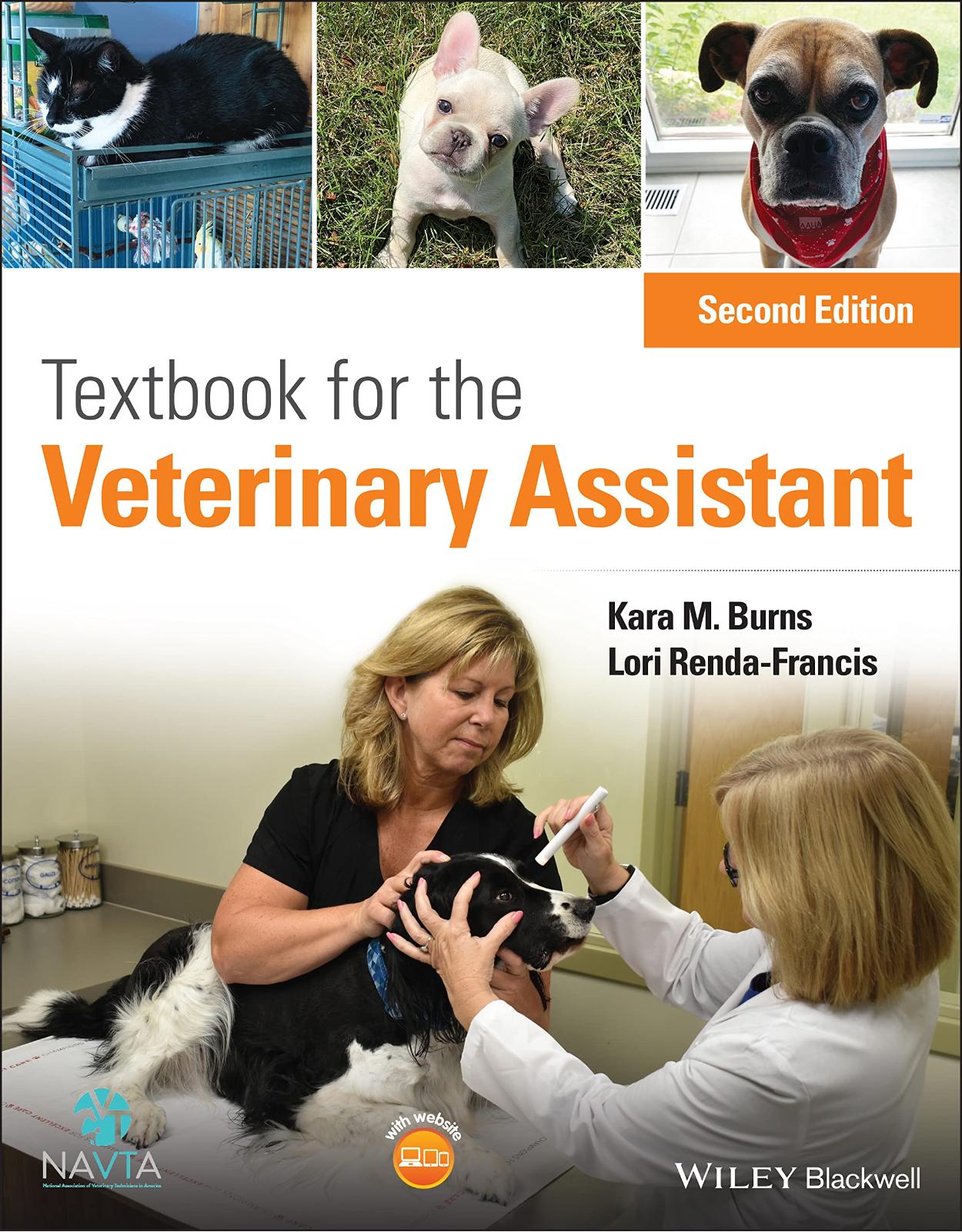
Textbook for the Veterinary Assistant
Livrare gratis la comenzi peste 500 RON. Pentru celelalte comenzi livrarea este 20 RON.
Disponibilitate: La comanda in aproximativ 4 saptamani
Editura: Wiley
Limba: Engleza
Nr. pagini: 224
Coperta: Paperback
Dimensiuni: 21.59 x 1.27 x 27.43 cm
An aparitie: 23 Feb. 2022
DESCRIPTION:
A fully updated new edition of the most complete guide to the veterinary assistant curriculum
The newly revised Second Edition of Textbook for the Veterinary Assistant delivers a complete exploration of the veterinary assisting curriculum and acts as a comprehensive text for students and instructors. The book discusses all aspects of the curriculum approved by the National Association of Veterinary Technicians in America.
The book is thoroughly updated to reflect cutting-edge advances in veterinary practice and includes a new chapter on laboratory considerations and an updated chapter on avian and exotics covering popular exotic pets. Readers get access to an expanded companion website that offers teaching PowerPoints, homework assignments, self-assessment tests and quizzes, multiple-choice questions, teaching activities, breed study guides, and instructional video clips.
Textbook for the Veterinary Assistant also includes:
· A thorough introduction to medical terminology for veterinary assistants, including prefixes, suffixes, and common abbreviations used in veterinary medicine
· Comprehensive explorations of veterinary anatomy, including anatomical directional terms and all relevant anatomical systems
· Practical discussions of the behavior, handling, and restraint of animals, including explorations of animal body language
· In-depth examinations of animal nutrition, including discussions of weight management, body condition scoring, and food assessment
Textbook for the Veterinary Assistant is the ideal resource for veterinary assistant students and veterinary assistants studying for the NAVTA Approved Veterinary Assistant exam, as well as practicing veterinary assistants seeking a one-stop resource that includes up-to-date information on topics such as restraint, behavior, nutrition, anatomy, and laboratory considerations. It is also useful for veterinary technology students in introductory courses.
Table of Contents:
Contributors ix
Acknowledgments xi
About the Companion Website xiii
Chapter 1 Introduction to the Veterinary (or Assistant)
Profession
Ethics 3
References 5
Chapter 2 Medical Terminology 7
Medical terms 7
Prefixes 8
Suffixes 9
Root words 9
Common abbreviations used in veterinary medicine 9
References 10
Chapter 3 Anatomy 11
Anatomical directional terms 11
Skeletal system 13
Branches of science 15
Body systems 15
External anatomy 15
Common veins 16
Muscles 17
Internal organs 17
Urogenital system 18
Internal structures of the thorax 19
Conclusion 19
References 19
Chapter 4 Behavior, Handling, and Restraint 21
Canine Animal body language
Feline Animal body language
Fear Free Restraint
Pocket pets, reptile, avian restraint 21
References 26
Chapter 5 Office Procedures and Telephone Techniques 27
Telephone techniques 28
References 29
Chapter 6 Nutrition 31
Overview 31
Proteins 31
Carbohydrates 32
Fats 32
Vitamins 32
Minerals 32
Water 33
Palatability 33
Weight management 35
Patient history 35
Body condition scoring 35
Risk factors 37
Assessing the food 37
Summary 38
Suggested reading 38
Chapter 7 Breeds 39
Cat breeds 39
Dog breeds 48
Determine gender in the cat and dog 50
Reference 51
Chapter 8 Breeding and Genetics 53
Introduction 53
The heat cycle 54
Breeding 54
Whelping 55
Necessary human interaction with newborn puppies 56
Warning signs (when to call the vet) 56
Cats 57
Heat cycle 57
Feline breeding process 58
Breeding management 58
References 58
Chapter 9 General Nursing Care and Physical Exams 59
History and physical exam
Determining and recording temperature, pulse, & respiration
Pain Assessment
Nutritional Assessment
General Nursing Care
Common Diseases
Chapter 10 Exam Room Procedures 63
Recognizing ectoparasites 63
Nail trimming 63
Ear cleaning
Eye Medication Administration 67
Anal glands 68
Bathing animals
Administering Oral Medications
Maintaining Exam Room Equipment 69
Chapter 11 Immunology 71
Innate immunity 71
Acquired immunity 72
Cell-mediated immunity 72
Vaccination 72
Vaccine administration routes 73
References 73
Chapter 12 Laboratory Procedures 75
Laboratory Considerations 75
Safety 76
Equipment 76
Quality Control 77
Sample Collections 78
References
Chapter 13 Pharmacology
Pharmacological Terms
Drug Classifications
Storage and Disposal of Drugs 79
References 81
Chapter 14 Radiology 83
Radiology safety measures and guidelines 83
Cleaning screens 84
Labeling, filing, and storage of radiographs 84
Proper storage of radiographic film 85
Radiographic positioning 85
Conclusion 86
References 86
Chapter 15 Surgical Assisting 87
Introduction 87
The sterilization process 87
Preparing items for the autoclave 87
Wrapping a surgical pack 88
Cold sterilization 88
Instruments 89
Suture Material 90
Gowns and Drapes 90
The sterile field 92
Preparing for surgery 92
Surgical hand scrub 92
Gowning 93
Gloving 93
Opening and passing sterile items 94
Preparing the patient 95
Post-surgical procedures
Surgical Positioning
Surgical Monitoring
Surgical Log
Surgery Room Conduct
Suture Material and Needles 96
Chapter 16 Avian and Reptile 99
Avian 99
Reptiles 103
References 105
Chapter 17 Equine 107
Skeletal system 107
The digestive tract 109
Nutrition 109
Key nutritional factors for horses 109
Types of feed 110
Behavior and handling 111
Nursing care and husbandry of horses 112
References 113
Chapter 18 Preparing for Internships and Employment 115
Interview 115
Resume writing 115
Cover letter 116
References 117
Chapter 19 Inventory 119
What will be inventoried in your clinic or hospital? 119
A well-run pharmacy 120
The want list 120
The veterinary assistant’s role 120
Drug inventory 120
Man versus computer: both needed! 122
Organizing inventory 122
References 122
Chapter 20 Euthanasia and Pet Loss 125
The five stages of grief 127
References 129
Chapter 21 Client Management 131
Evaluating your clients 131
Client management; essential skills for the veterinary assistant 132
Employee roles 132
References 133
Chapter 22 Medical Records 135
References 140
Chapter 23 Occupational Safety and Health Administration 143
What is the occupational safety and health administration? 143
Material safety data sheets 143
OSHA labeling of secondary containers 143
OSHA inspections 144
Common OSHA veterinary violations 144
Fines 144
References 144
Chapter 24
Pet Health Insurance 147
References 148
Glossary 151
Index 159
| An aparitie | 23 Feb. 2022 |
| Autor | Kara M. Burns, Lori Renda-Francis |
| Dimensiuni | 21.59 x 1.27 x 27.43 cm |
| Editura | Wiley |
| Format | Paperback |
| ISBN | 9781119565314 |
| Limba | Engleza |
| Nr pag | 224 |

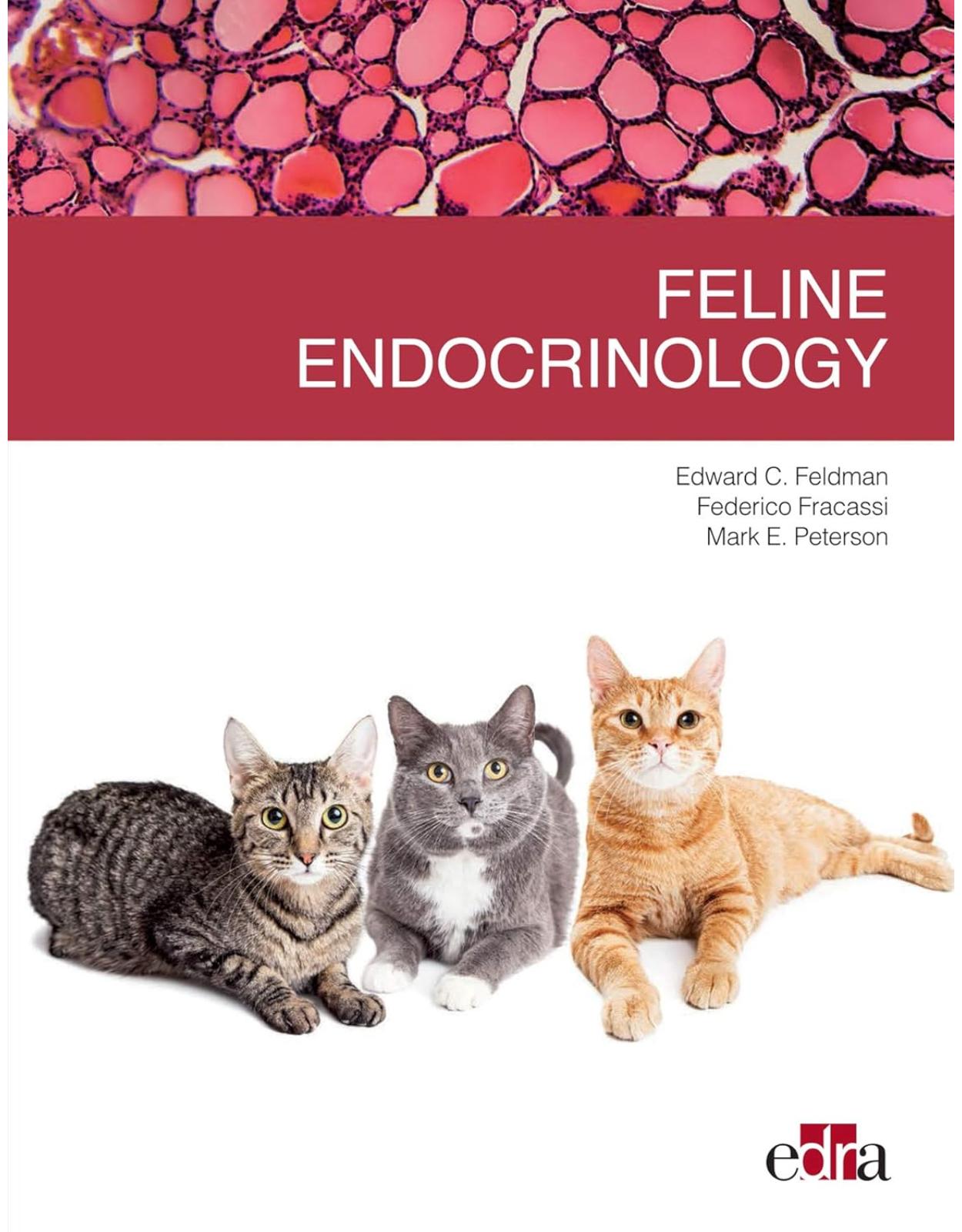
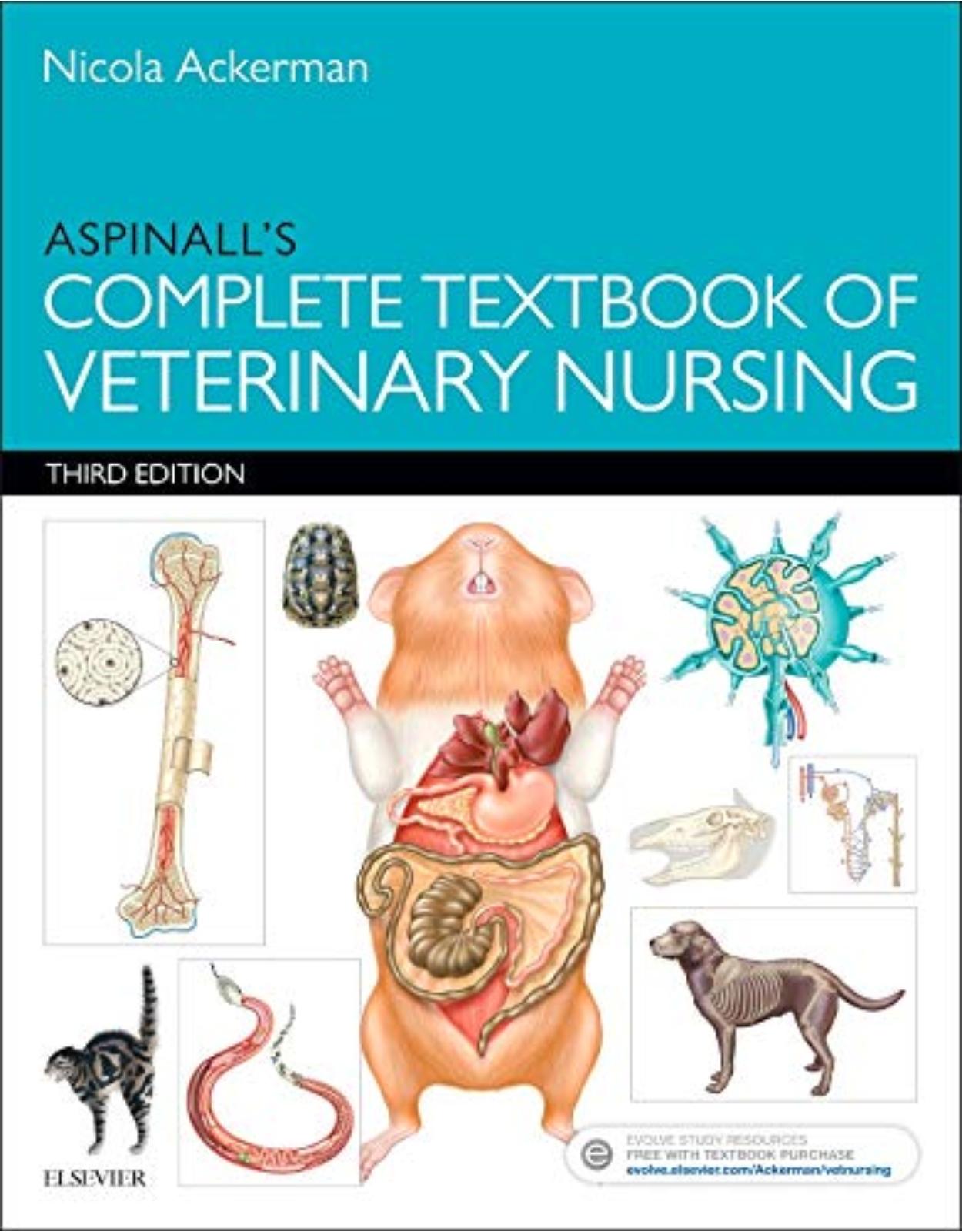
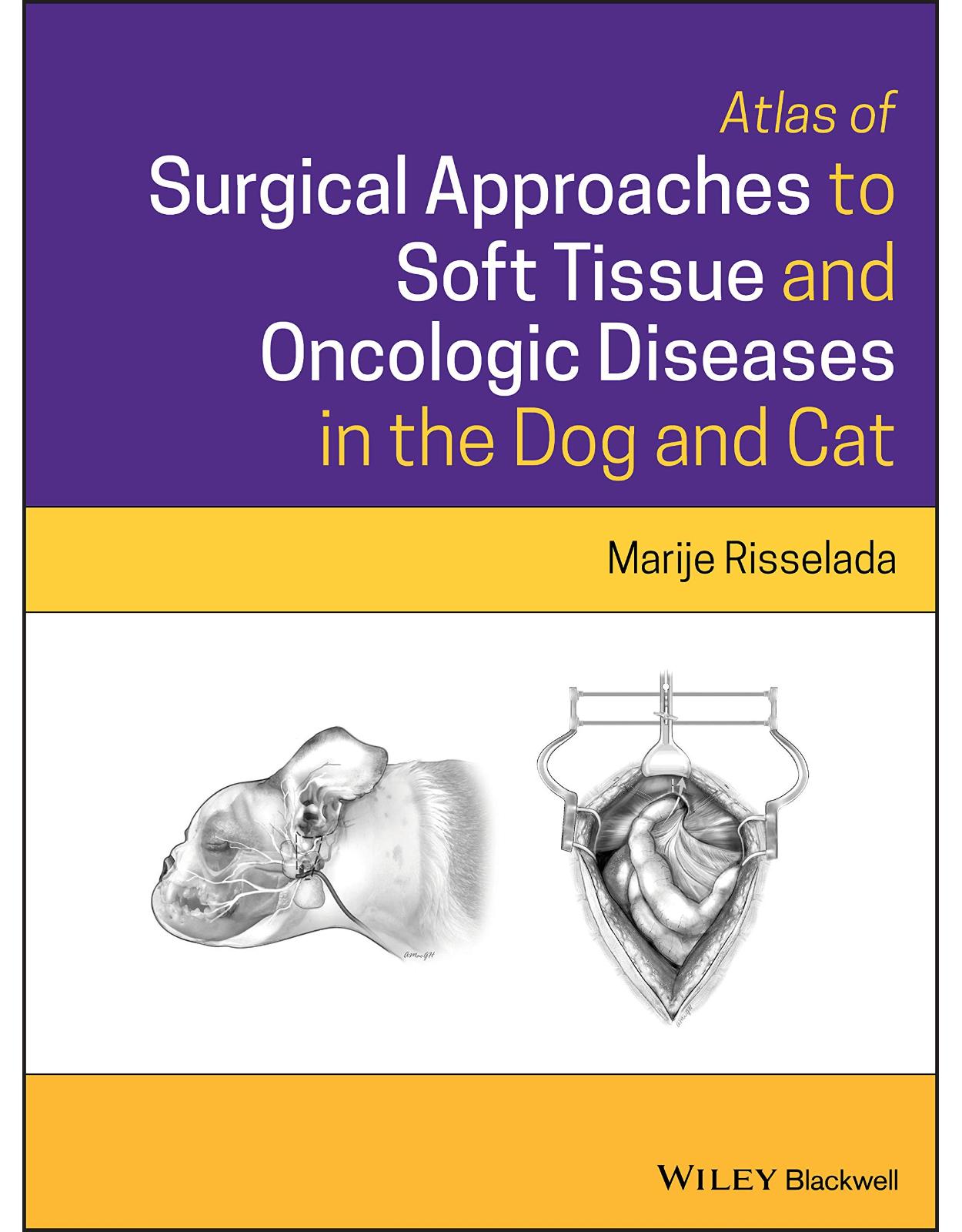
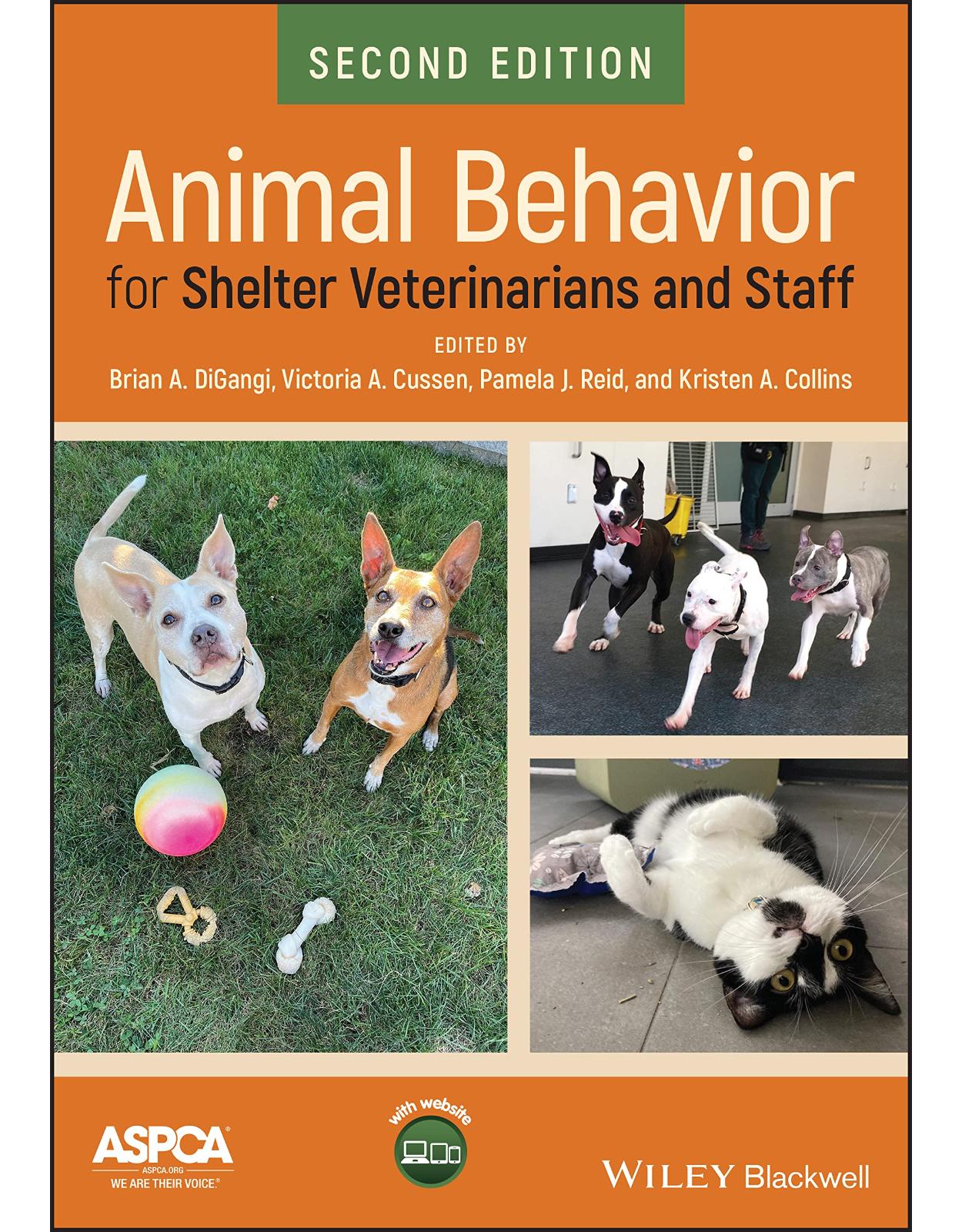
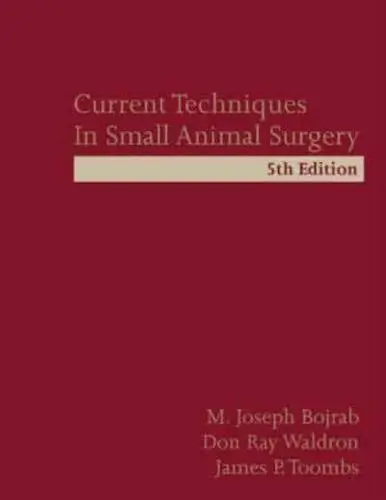
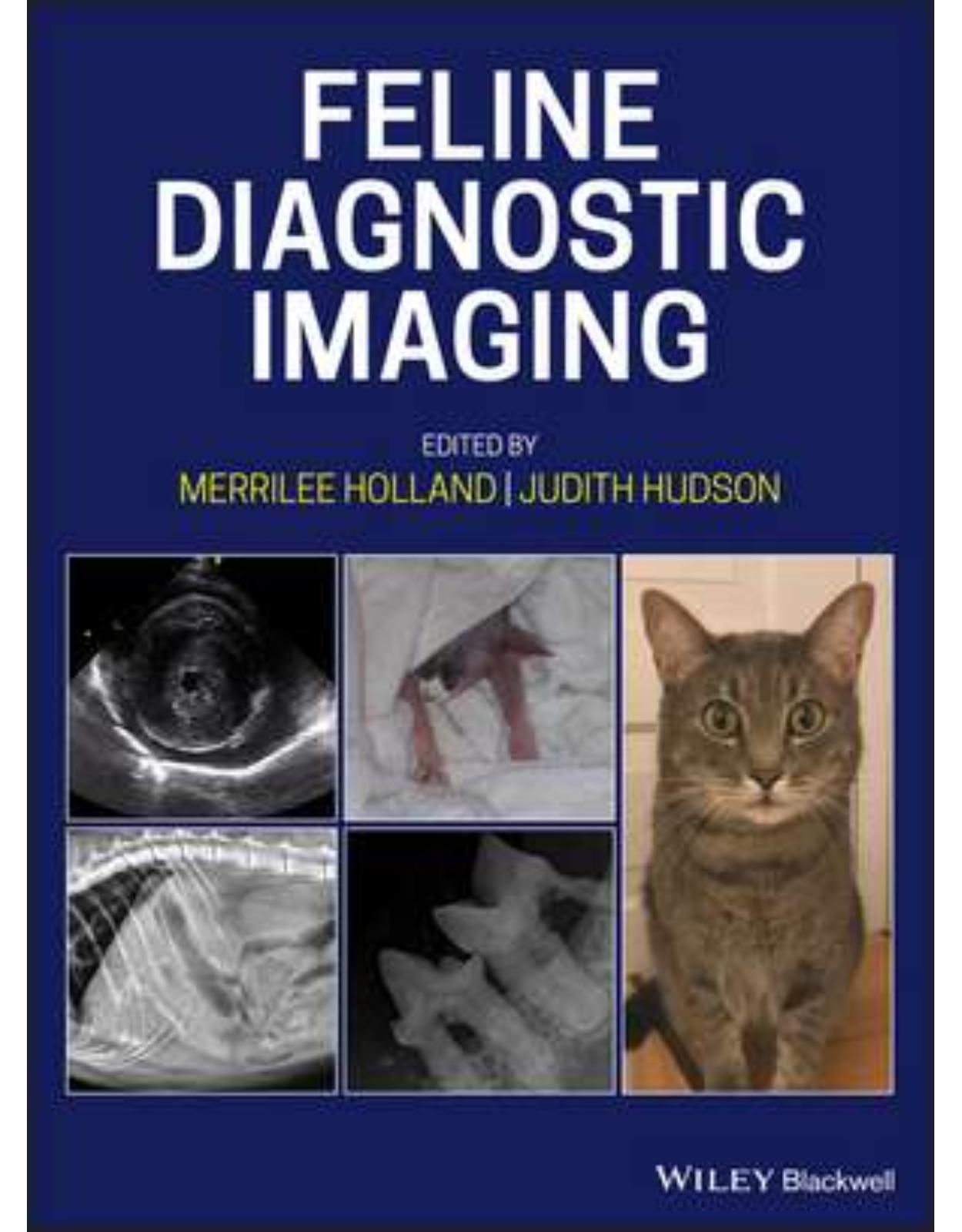
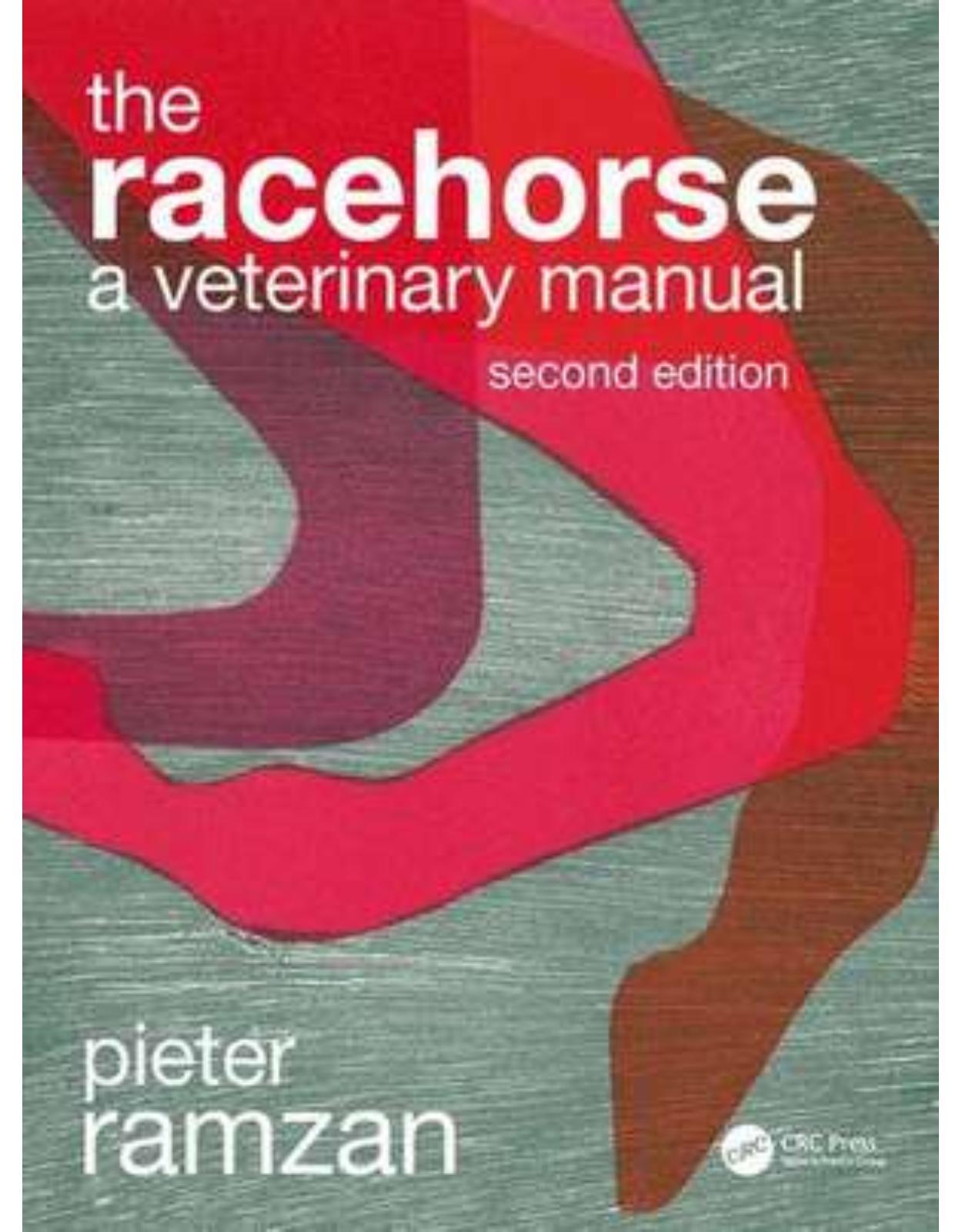
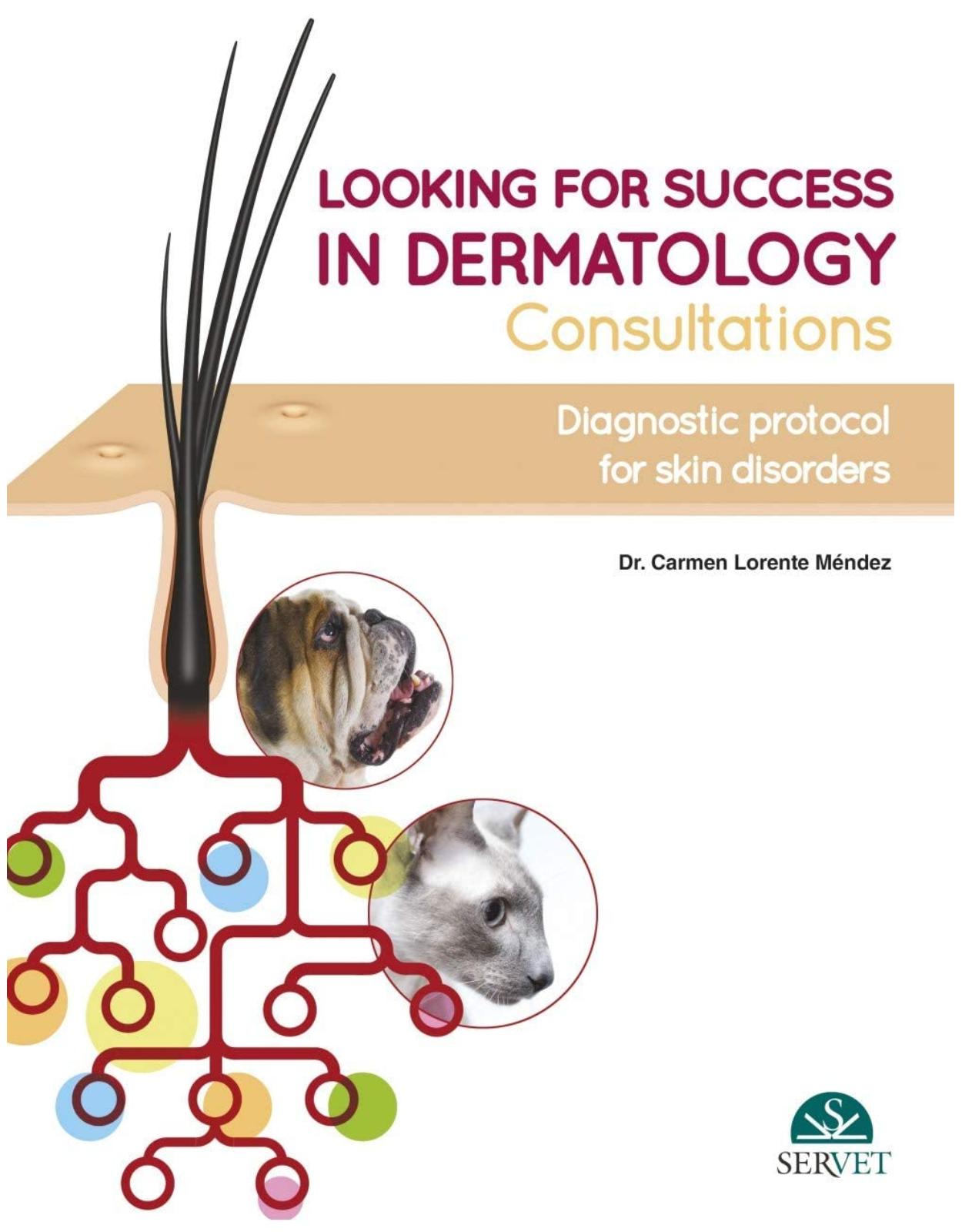
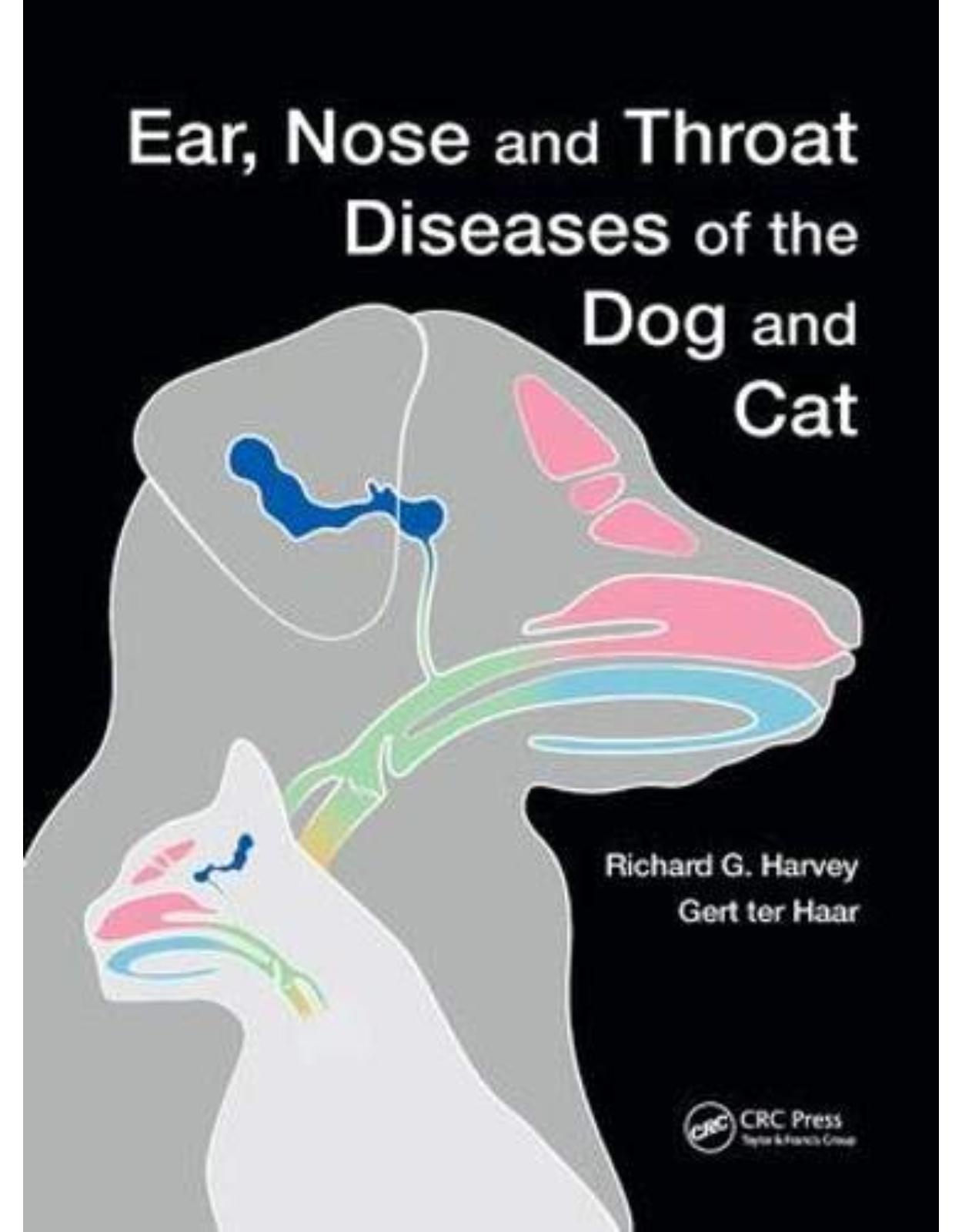
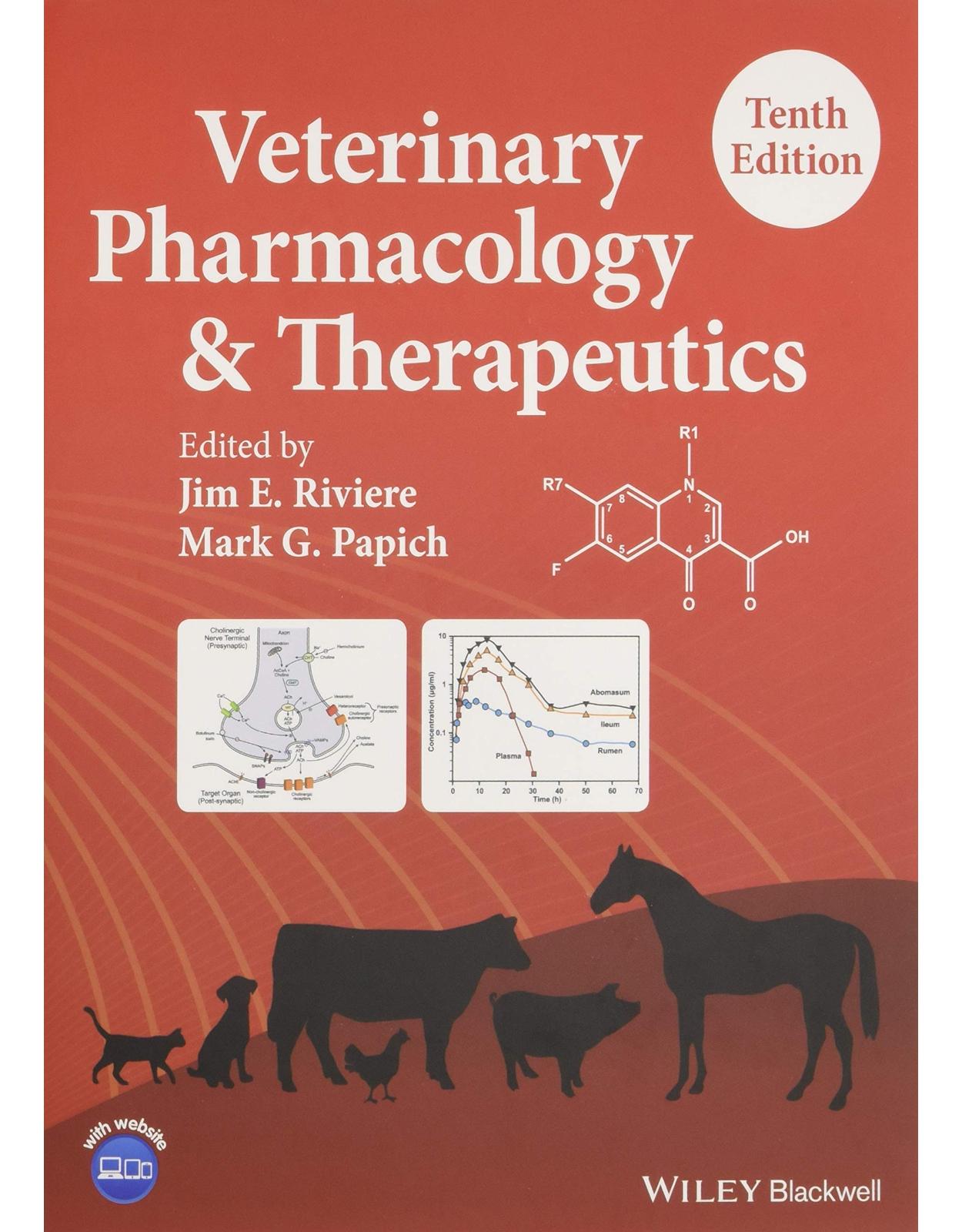
Clientii ebookshop.ro nu au adaugat inca opinii pentru acest produs. Fii primul care adauga o parere, folosind formularul de mai jos.